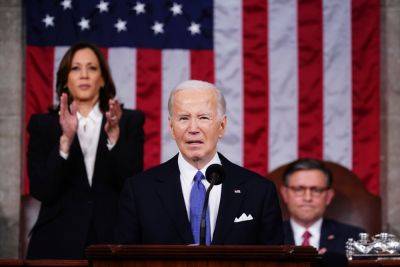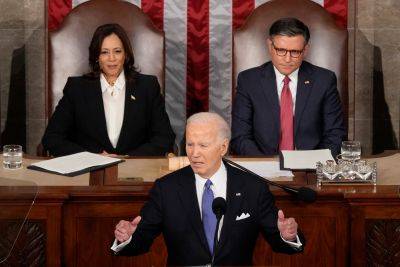‘Shrinkflation’ Is A Big Reason Why Toilet Paper, Snacks More Expensive Now: Study
Companies are effectively raising their prices by stealthily charging the same amount of money, or even more, for ever-smaller portions ― and it’s been a big driver of inflation in many products in the past few years, according to a new study by a group of progressive economists.
The phenomenon, dubbed “shrinkflation,” is gaining more notice even as conventional inflation has come down appreciably from the heights seen in 2022 and 2023. Sen. Bob Casey (R-Pa.) has a bill aimed at fighting shrinkflation,and President Joe Biden released a Super Bowl YouTube adcalling on companies to “put a stop to this.”
Groundwork Collaborative, a group of left-leaning economists, issued a study Wednesday finding that shrinkflation played a substantial role in inflation between the years 2019, before the COVID-19 pandemic began, and 2023, after most businesses had returned to normal.
“While shrinkflation is not new, it is arguably the most deceptive pricing practice companies use and has come under renewed scrutiny as Americans face grocery prices 25% higher than prior to the pandemic,” Lindsay Owens, executive director for Groundwork and the author of the study, wrote. “We find that as much as 10% of inflation in key product categories can be attributed to shrinkflation.”
Owens cited tracking by the Bureau of Labor Statistics for the 10% figure. The BLS checks the prices on thousands of items each month to compile its Consumer Price Index, the most widely known measure of the pace of price increases, or inflation.
While most of the CPI simply consists of tracking price movements for specific items, the bureau also tracks when companies change their formulations or packaging, to ensure it does not miss the inflation that occurs when a







